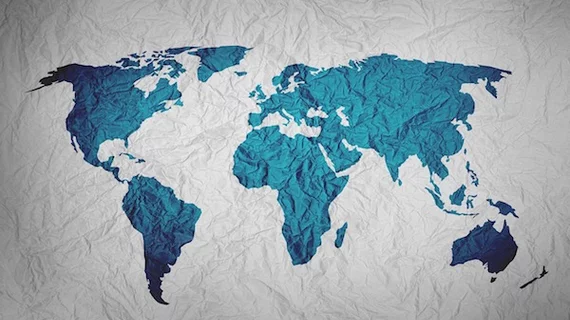International medical grads have poured into radiology residencies over past 15 years
The number of international medical graduate (IMG) students matching into radiology residency programs has dramatically increased over the past 15 years, according to new figures released on Tuesday.
Experts from imaging departments across the country analyzed National Resident Match Program (NRMP) data from 2005 through 2020, sharing their findings in Academic Radiology.
They noted that the growth in international matches also coincided with a significant decline in positions filled by U.S. graduates. By comparison, IMG matching has also increased in interventional radiology and radiation oncology over the same period of time.
“For diagnostic radiology, the increasing number of IMGs over the last 15 years can be attributed in part to the decreasing domestic applicant pool in response to the job market,” Vibhor Wadhwa, MD, with Weill Cornell Medical Center’s Division of Interventional Radiology in New York, and colleagues explained.
Wadhwa et al. also noted that the number of rad residency programs has jumped from 203 in 2006 to 212 in 2020, which also plays a role in the reported growth in IMGs.
“The compound annual growth rate for total radiology positions is slightly higher than that for [the] total number of programs, indicating that programs are also expanding, likely secondary to increasing utilization of imaging,” the authors added.
Taking a step back, Wadhwa and co-authors highlighted the crucial role international med students play in the U.S. healthcare system, comprising about one-quarter of all practicing physicians.
These providers— including U.S. citizens who went to medical school abroad and foreign citizens who earned their medical degree overseas—work in underserved areas, excel in academic medicine and bring diverse experiences to their programs, the researchers explained. Despite this, there has been no previous research analyzing current IMG matching trends in radiology.
After looking at the data, Wadhwa et al. found the overall IMG match rate increased from 7.6% in 2006 to 14.9% in 2020. By comparison, the radiology match rate overall has jumped from 96.4% to 97.3% over the same time period.
The proportion of those positions filled by US med school grads dropped from 89.7% in 2006 to 69.2% as of this year.
International medical graduates face a number of hurdles to matching in a residency program, including gaining a visa. Institutions typically sponsor students to start their training, but afterward, they must return to their home country for two years before working in the U.S.
“However, when IMGs are incorporated into the U.S. healthcare system through their respective residency programs, they play an exceptional role in meeting the workforce demands of the American population,” the authors wrote. “Programs and practices need to be prepared to handle the unique challenges faced by IMGs to ensure a smooth transition for them from training to practice,” they concluded.
Read more from their analysis in Academic Radiology here.

